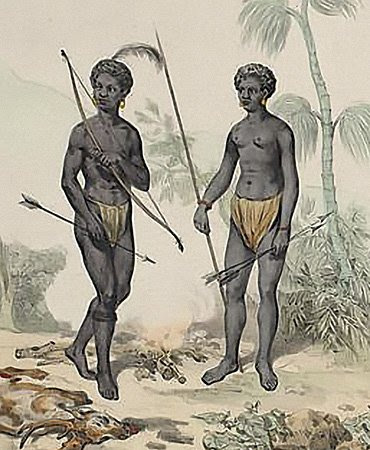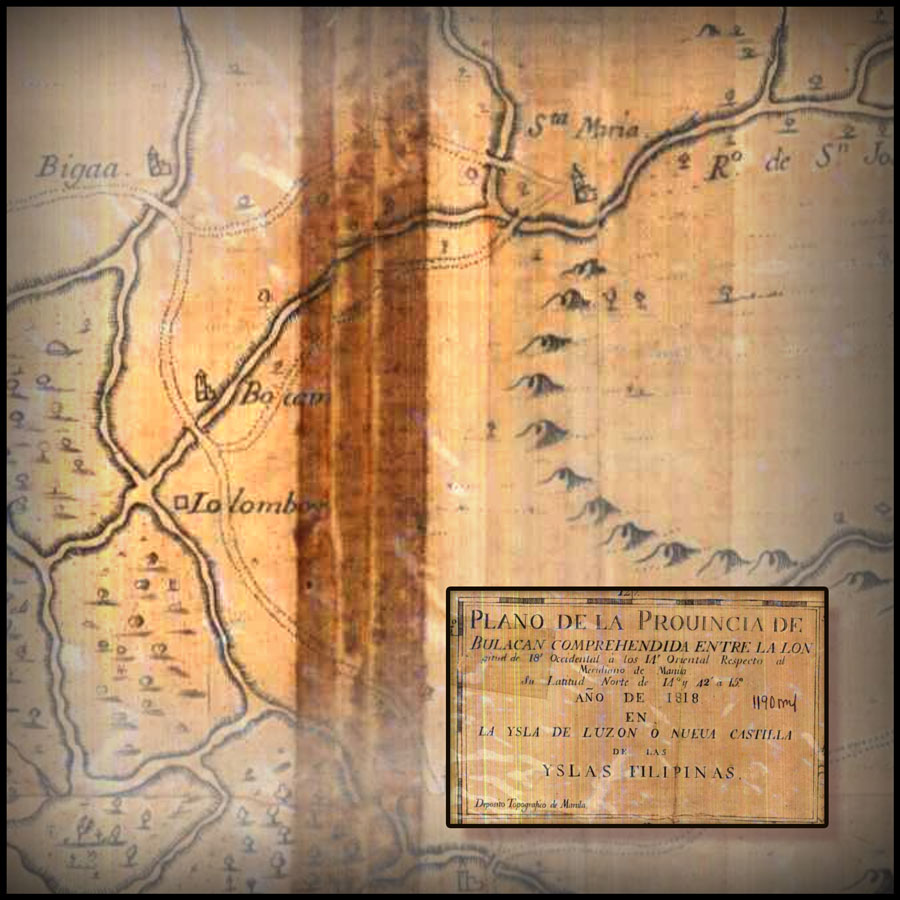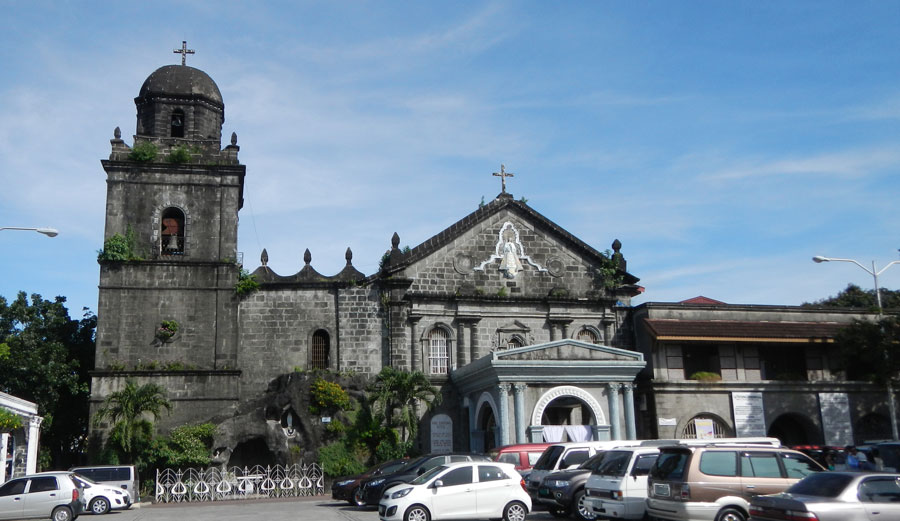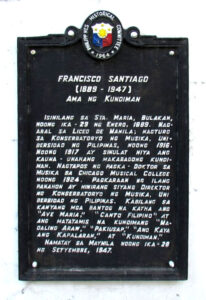Loading Santa Maria Bulacan
Please wait while we prepare your government services and information...
Please wait while we prepare your government services and information...
Journey through time and discover the rich heritage of Santa Maria, Bulacan. From ancient settlements to modern municipality, explore our community's remarkable evolution.
Explore the rich heritage and remarkable journey of Santa Maria through the ages

Depiction of the Agta (Les Philippines: Histoire, Geographie, Moeurs, Agriculture, Industrie et Commerce des Colonies Espagnoles dans l'Oceanie by Jean Mallat. A. Bertrand, 1846)
Before the Spaniards came to the Philippines, Santa Maria was just a vast wilderness, inhabited by wild animals and covered by thick and lush rainforests. Aetas and Dumagats are also known to inhabit the place a long time ago.

Source: Jose de Herrera, Plano de la Provincia de Bulacan Año 1818 (National Library of the Philippines, Tekno Aklatan)

Source: Wikimedia Commons: Judgefloro, CC BY-SA 4.0
Santa Maria's existence can be traced as early as the year 1647 when it is still a barrio (village) of Bocaue. The barrio was believed to be established on the same period when the Dominicans founded the vast Hacienda de Lolomboy - a sprawling estate with clearly defined boundaries: extending up to the Angat River on the north, Bocaue River on the west, Marilao River on the south, and the Pulo River (Pulong Buhangin) on the east. These geographic boundaries played a crucial role in shaping the early settlement patterns of the region.
Santa Maria was founded as an independent town by the Franciscan Fray Francisco Dominguez Javier on November 26, 1793. He began constructing the church which was completed in the early 1800s by Fray Tomas Marti. The construction of the church was viewed as the foundation of the spiritual crusade in the said locality. Natives were converted into Christianity and more people began to inhabit the place. Civil affairs started to take shape and the appointment of the first Capitan del Barrio, Andres dela Cruz, paved the way for the permanent establishment of Poblacion, which was the seat of Spanish colonial government.
People in those days were just renting their pieces of land. They paid their rents to the friars who were stationed in what is now known as Sta. Clara, a barangay where at present one can see the ruins of a big convento of friars. People from other nearby places such as Balagtas, Pandi, Santa Maria, and San Jose del Monte, paid their rents in this convento.
During this colonial period, Santa Maria was historically known as "Santa Maria de Pandi" - a name that reflects its deep connection to the broader regional administrative structure of the time. This historical designation is significant as it demonstrates the town's evolution from a dependency to an independent municipality.
The people acquired their lands after paying certain sum to the friars and the land became "Lupang Tagalog". Throughout the Spanish colonial administration from 1793 to 1899, a total of 82 capitanes served the community, establishing the foundation of local governance that would continue to evolve in subsequent periods.

Historical marker commemorating Francisco Santiago (1889-1947), acclaimed Filipino composer and 'Father of Kundiman' born in Santa Maria, Bulacan
Under the Americans, the title "captain" was changed to "presidente". The first to hold the position was Maximo Evidente, who served from 1899 to 1900. Throughout the American period, 12 Presidentes served from 1899 to 1937, with the most notable being Agustin Morales (1928–1934) and Fortunato F. Halili (1934–1937). Morales was responsible for the construction of the first main water system in the town.
Halili, who never drew his salary as executive, later on became the Governor of Bulacan. It was during Halili's term as provincial governor when the Capitol building at Malolos was heavily damaged due to the aftermath of World War II. He decided to take over and resurge Casa Real de Malolos as a temporary Gubernatorial Office during the period when the Capitol building was severely damaged.
Following the American period, the title was changed again to "alcalde", with 4 Alcaldes serving from 1938 to 1947. This administrative evolution reflects the changing political landscape as the Philippines moved toward independence.
During this period, Santa Maria also became the birthplace of Francisco Santiago (1889-1947), one of the Philippines' most celebrated composers and known as the 'Father of Kundiman'. His musical contributions helped preserve Filipino culture during the American colonial period.

Modern Santa Maria Dairy products, continuing the legacy of Dr. Teofilo Santiago who established the dairy industry during the Japanese Occupation, earning the town recognition as an agricultural center
During the Japanese Occupation, Dr. Teofilo Santiago, dubbed as "Dr. Kamoteng Kahoy" for his widespread campaign among the town's citizenry to plant cassava, became mayor of Santa Maria. His agricultural initiatives helped the town survive the difficult wartime period by promoting food security through cassava cultivation.
Santiago was also responsible for the launching of the poultry industry - a livelihood project which earned for the town the distinction of being "The Egg Basket of the Philippines". More significantly, he established the Santa Maria Dairy Plant, revolutionizing the local agricultural economy and earning him the title "Father of Santa Maria Dairy Plant". This dairy industry continues to thrive today, making Santa Maria known for its quality dairy products.
After the Liberation, Capitan Ireneo Hermogenes was appointed Municipal Mayor from March 20, 1945 to October 1945. He was succeeded by Marciano Bautista, marking the transition to the post-war era and the beginning of modern municipal governance in Santa Maria.
